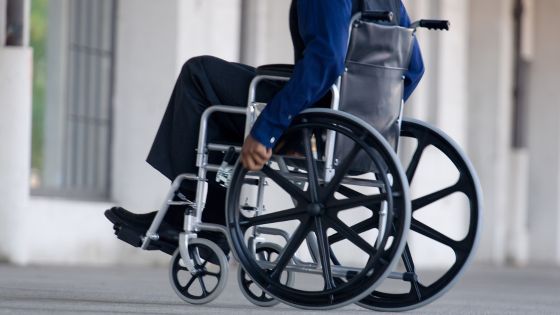
Can I Use My Wheelchair As a Walker?
If you use a wheelchair, you may find that your mobility needs change. Depending on your condition, you might want to switch from a walker to a wheelchair.
However, you should first consult with your doctor. It’s important that your pain is addressed before you switch to a wheelchair.
Stability
When using a wheelchair as a walker, the user’s stability may be compromised. The smaller wheels of a walker are less stable than those of a wheelchair, especially when in seated mode. This means that a bump in the road or uneven pavement can cause the walker to tip over. This can damage the walker and potentially injure the user.
The walker’s seat can also be uncomfortable for extended use. Check to see how much the seat reclines and whether it can be adjusted for height. The size of the walker’s seat is important for comfort and safety, as it must be able to accommodate the user comfortably.
While computational models are an efficient method for studying wheelchair dynamics, they are limited by the accuracy of the model inputs. This is particularly true when modeling dynamic motions, such as descending slopes. Future studies should consider including the impact of user positioning and configuration variables on wheelchair stability.
If you suffer from chronic back or leg pain that prevents you from walking for an extended period of time, you should speak with your doctor about switching to a wheelchair. Although it can be scary to give up the independence offered by a walker, your doctor may be able to help you find a solution that is safer and more comfortable than a seated walker.
Comfort
Walkers are typically used to help individuals who struggle with balance and mobility issues train themselves to walk again. They aren’t designed for long periods of time or over rough terrain because their support bases and wheels are smaller. Over time, this can put you at a greater risk for falls and injuries.
Wheelchairs, on the other hand, are designed with stability in mind and have larger base supports to ensure a safe ride over uneven or unevenly paved surfaces. In addition, wheelchairs often have a more comfortable seated position than a walker seat.
If you’ve found that your pain from walking is limiting your ability to get around, it may be time to switch from your walker to a wheelchair. If your doctor recommends this, it’s likely for a good reason as it will allow you to maintain more independence and continue your physical therapy.
If you’re still unsure, ask your doctor to assess your condition and make recommendations that best suit your needs. Ultimately, your comfort and safety are of the utmost importance.
Weight Capacity
Walkers are ideal for individuals who still have the ability to walk and need a little extra assistance when on the go. Walkers are designed with a strong frame and wheels at the bottom to help individuals move around without much effort. This allows the person to be independent and doesn’t make them feel like their mobility issues are a burden on their family or friends.
Many walker manufacturers design their devices to have seats for users to sit on when they want to take a break from walking. However, if someone were to use their walker as a wheelchair by pushing themselves on the seat, they’d be operating their device unsafely since it isn’t meant to support that kind of weight.
Additionally, if you have an additional item attached to your walker such as a drink or even an oxygen tank, this could also negatively affect the overall weight capacity of your mobility device. It’s important to remember that if you have a wheelchair with a large oxygen tank or other items attached, your device will be rated at a higher weight limit than the base model. In most cases, this difference isn’t that significant. Most basic wheelchairs have weight capacities that start at 250lbs-350lbs.
Mobility
A wheelchair is a mobility aid that provides seated mobility for individuals who are unable to walk independently. Walkers are designed primarily to provide stability during walking and offer support for individuals with limited strength, endurance or range of motion.
Using a wheelchair as a walker can make navigation easier and faster. However, there are some crucial differences between the two mobility aids that should be taken into consideration before attempting to use a wheelchair as a walker.
Walkers have smaller wheels than wheelchairs, which makes them less stable and can easily tip over on a small obstacle or uneven pavement. Wheelchairs, on the other hand, have larger wheels that allow them to navigate rough terrain more easily, and maneuver up and down curbs with ease.
In addition, wheelchairs have foot plates to support the user’s feet and are available with a variety of leg rest options, including fixed, swing-away or elevating. These features can be critical to an individual’s physiologic needs and help them maintain postural stability and reduce stress on their back, knees and hips when in a seated position for long periods of time. Walkers, on the other hand, have small foot supports and are not intended for extended sitting for long periods of time. This can cause pressure sores and lead to decreased mobility over time.


